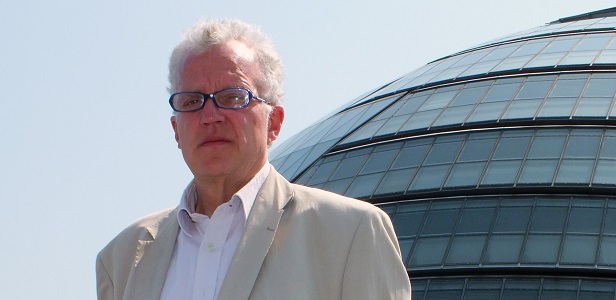In the first few years after the privatisation of the railways, rail safety became a major issue that was rarely off the front pages of newspapers. This had been stimulated by a series of high-profile crashes in a five-year period starting with Southall in September 1997 and continuing with Ladbroke Grove and Hatfield, through to Potters Bar in May 2002.
Leaving aside Selby, which was caused by a Land Rover falling onto the track, the accidents fell into a grisly pattern, with the first two being caused by trains going past red signals (Signals Passed at Danger, known widely as SPADs), and the latter two being the result of problems with the track.
The unfortunate sequence attracted intense media attention because of the proximity to London of all the crashes. The blanket media coverage stimulated in turn serious, if often misplaced, concerns among the public about rail safety. The impression even emerged that it was safer to travel by road, when in fact the opposite is the case. Depending on how you interpret the statistics, rail is anywhere between seven and 100 times safer. Over the past couple of years, however, rail safety has largely disappeared from the political firmament and there is very little consideration of the issue. Sure, there are concerns about terrorist attacks, in particular since July 7, but that is a wider risk not confined to the railways.
So what has happened to bring about this more rational approach? First, there has been the good fortune of no major rail-caused accidents for over three years. (The level crossing crash near Reading in November 2004 was caused by a car being deliberately left on the track by a man intent on committing suicide.) But it is not only good luck that has brought about the change in perception. The railways are safer as a result of lessons learnt from the accidents.
One of the underlying causes of this series of crashes was the way in which the industry had been broken up for privatisation. The railways are inherently an integrated system that function best when one unified management is in charge of the whole process, from maintenance of the track to provision of services. When that chain of command was broken by the changes introduced at privatisation, it created a new form of risk – which can be termed ‘interface risk’.
That is very clear from an analysis of the accidents. Hatfield, for example, was caused by a lack of proper liaison between Railtrack and its contractor, Balfour Beatty, over the condition of a rail that eventually broke under a train, resulting in a derailment that killed four people.
At Ladbroke Grove, where 31 people died in the accident in October 1999, there had been a series of incidents of trains going through red lights near Paddington, including one instance that was almost an exact ‘dress rehearsal’ of the eventual disaster. But the warnings from these incidents were not heeded because no single organisation was in charge of making the necessary changes. Instead, the information was lost in a fug of bureaucracy and a ‘nothing to do with me, guv’ attitude fostered by the break-up of the railways.
Now, much of the risk introduced by the privatisation process has been reduced. The maintenance work has been taken in-house by Network Rail, which is a not-for-profit company limited by guarantee rather than, like Railtrack, focused principally on paying dividends to shareholders. Undoubtedly, Hatfield would have been prevented had the maintenance been in-house rather than outsourced.
Secondly, a whole series of integrated control centres has ensured that Network Rail and the train operators work more closely together, and this lack of liaison was certainly a factor in the Southall crash. In terms of preventing trains going through red lights, there has been the very important introduction of the Train Protection and Warning System, at a cost of nearly £600m, which effectively prevents most SPADs except those at very high speed, but even their impact would be reduced because the train would be slowed by the system.
There will still be rail accidents in the future, but there is no doubt that the railways are now safer than they have ever been, a fact borne out by the statistics. However, it is a tragedy that many people had to lose their lives in accidents that were eminently preventable because politicians broke up the railway too hastily, creating a structure that adversely affected safety. The lessons have been learnt, but at a heavy price.
